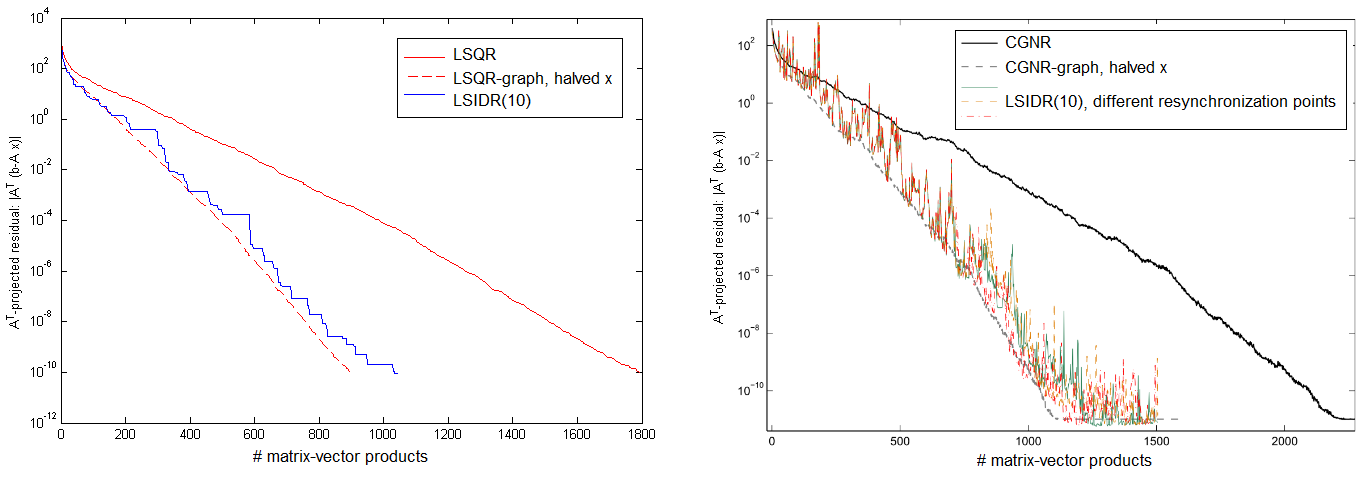
Figure 1: LSIDR(10) compared to LSQR on small dimensioned dense systems with elements from a normal distribution.
The following slides give a brief description of LSIDR and an additional preconditioning concept:
Slides.
Click the following link to download a (very
slow) Matlab implementation of
LSIDRs.

